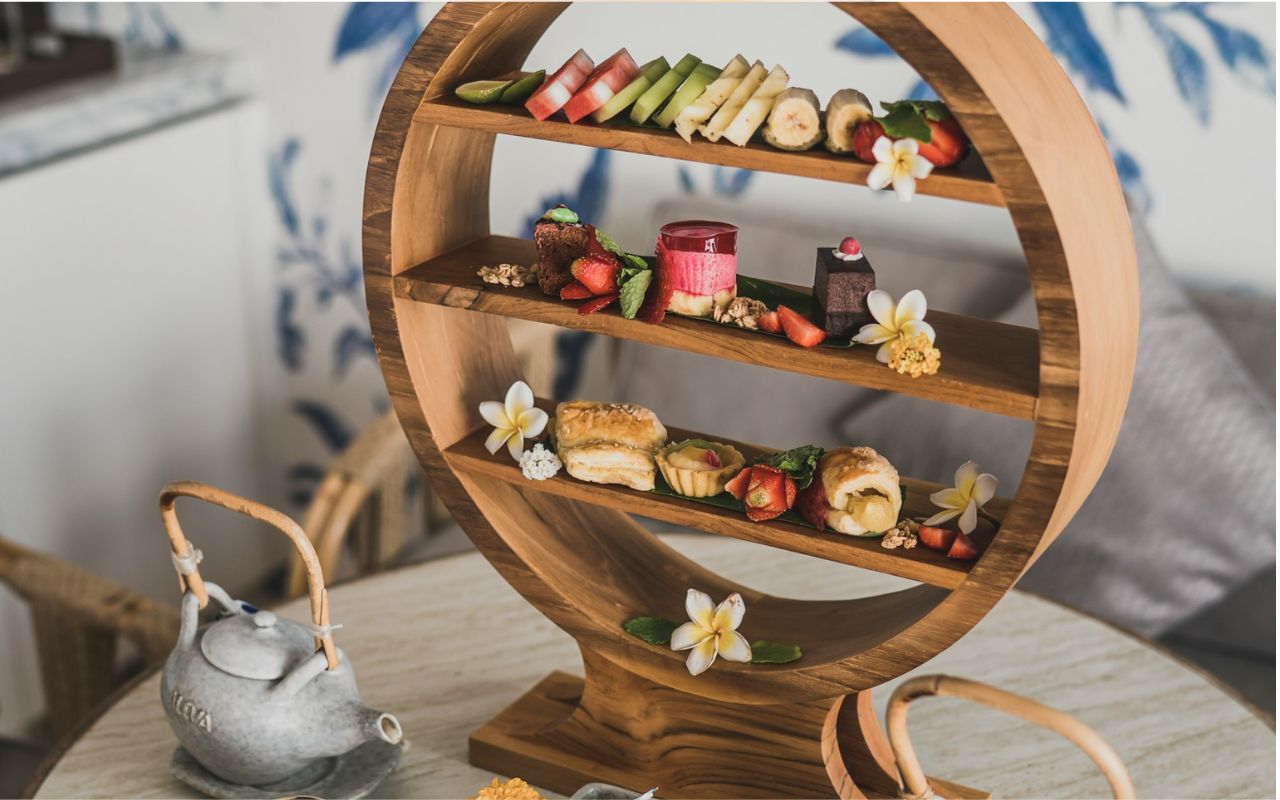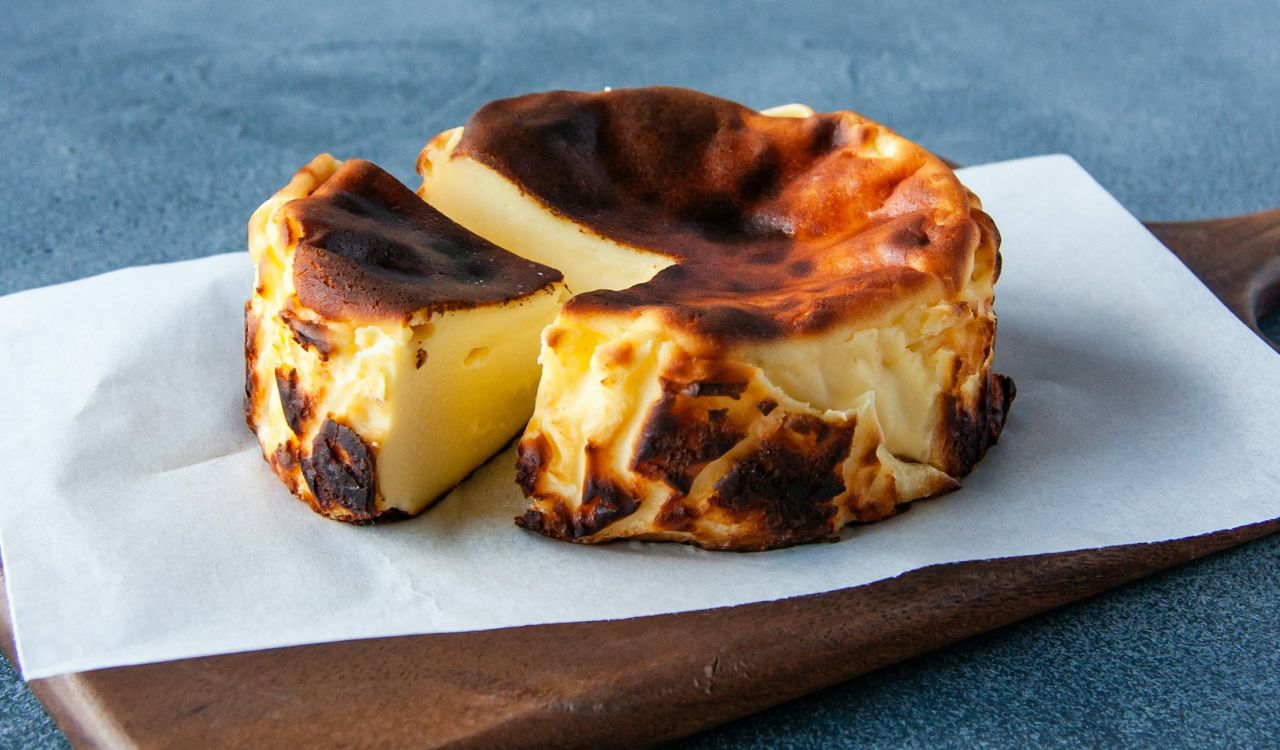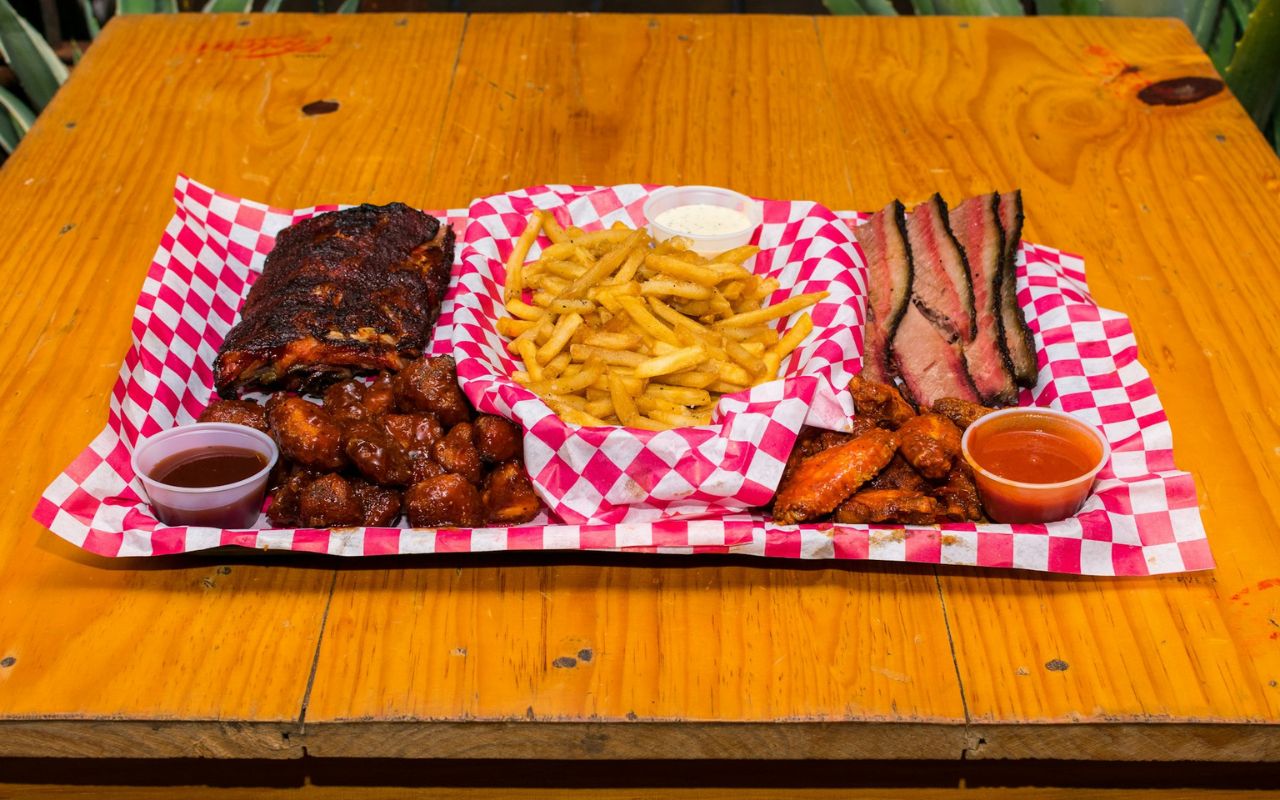11 Decluttering Wins in the Kitchen That Don’t Cost a Dime
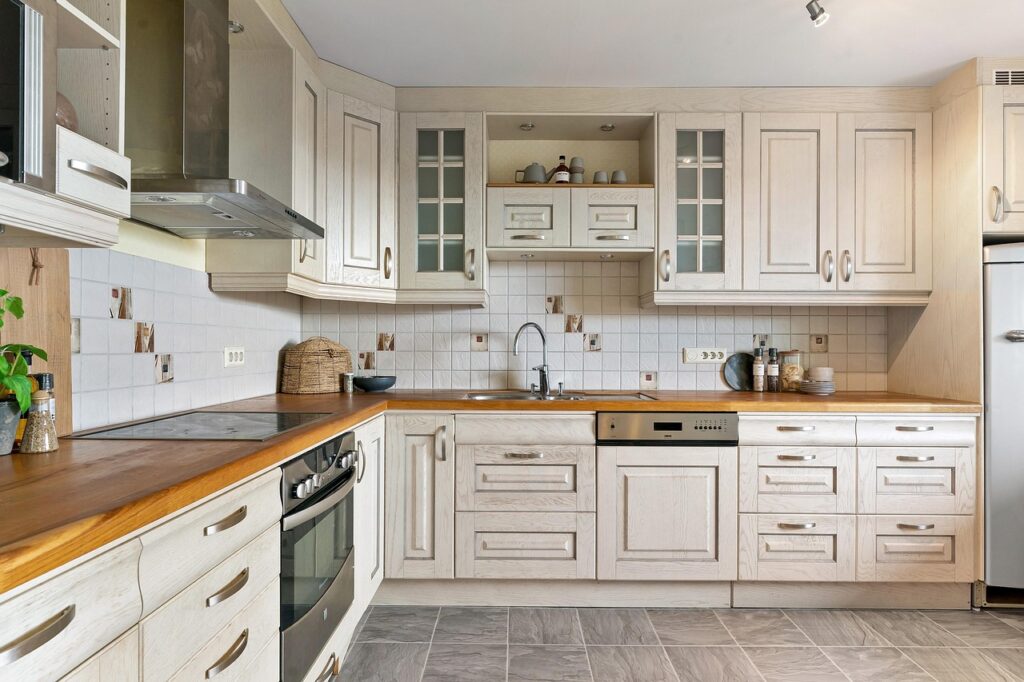
Decluttering your kitchen doesn’t always require new bins or fancy organizers. Most of the real progress comes from what you remove, not what you buy. By clearing counters, paring down duplicates, and rethinking where things live, you can reclaim space and create a kitchen that actually works for you. These small, no-cost moves are about clarity and control, simple actions that make cooking smoother, cleanup faster, and the whole room feel lighter the moment you walk in.
1. Clear Off Countertops
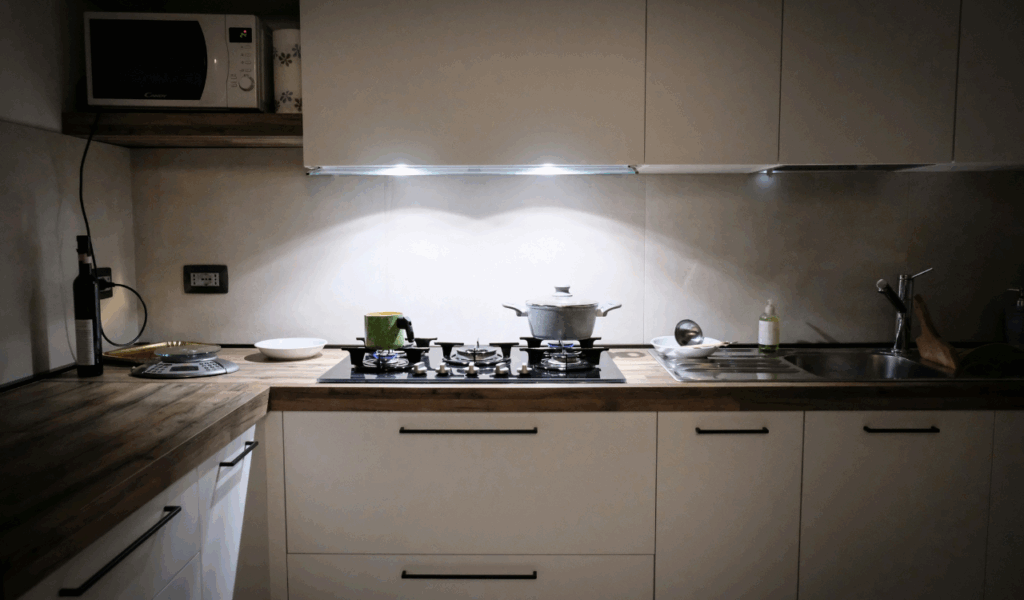
Cluttered counters make cooking harder than it needs to be. Clear everything off and keep only the items you use daily. When the surfaces are empty, you can prep freely, spills are obvious, and cleaning takes seconds. Make clearing a nightly habit: after dinner, wipe counters and return stray items to their homes. The visual calm alone reduces stress in the kitchen, and practically speaking, it frees bench space for any task, from rolling dough to chopping vegetables without maneuvering around stacked gadgets.
2. Purge Items You Don’t Use
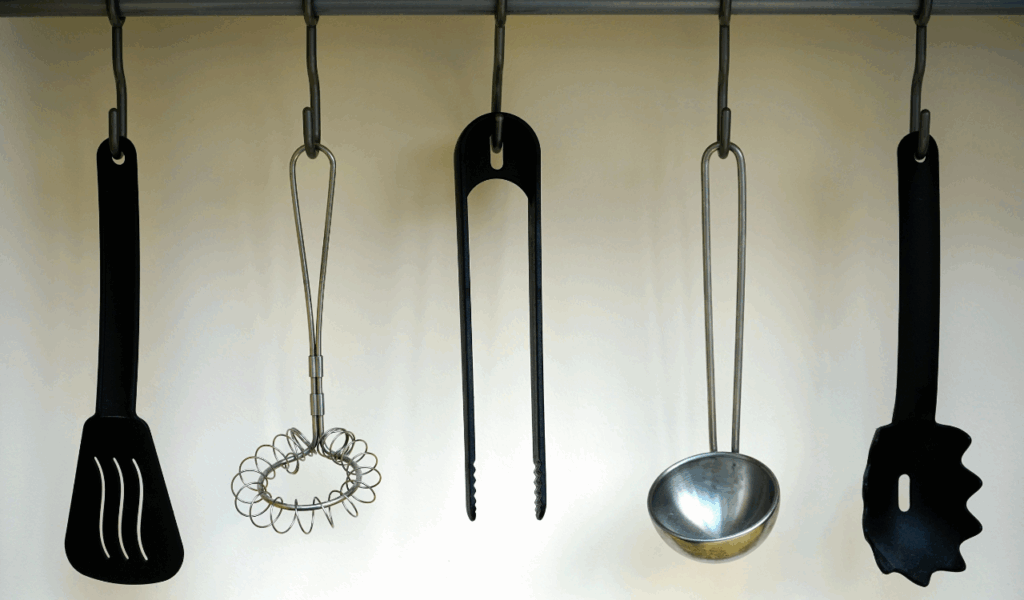
Most kitchens carry a few gadgets or tools that sounded useful once but are never seen in regular use. Be honest: if you haven’t used something in months, box it for donation or store it out of the way to test whether you miss it. Keeping only tools you actually reach for reduces visual clutter and decision fatigue. This isn’t about perfection; it’s about functionality. A periodic sweep removes the “maybe someday” pile and makes the equipment you rely on easier to find and maintain.
3. Clean Out the Fridge and Freezer
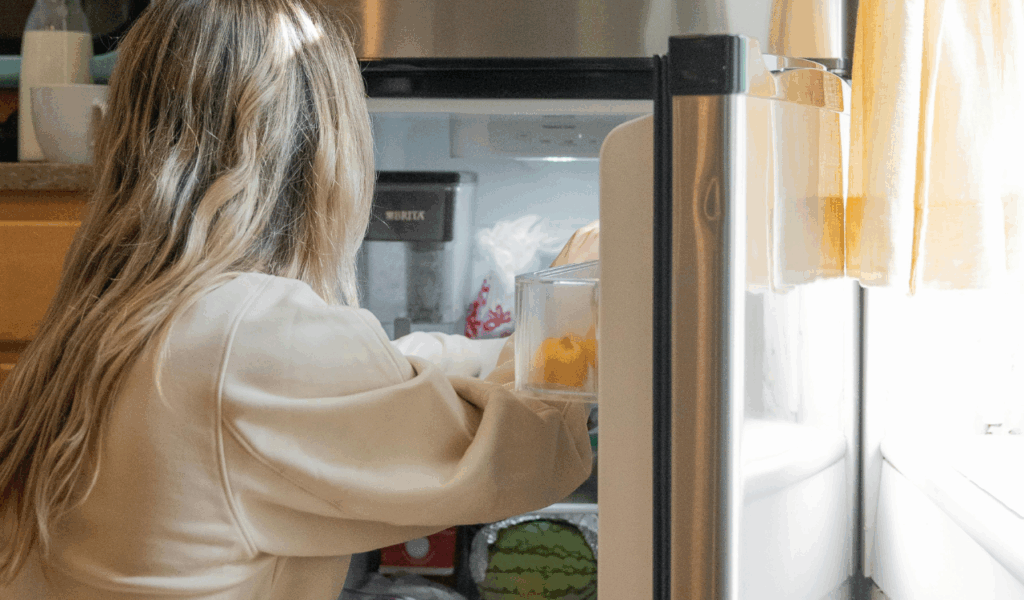
Expired food, forgotten tubs, and duplicate condiments clutter both space and your meal planning. Empty the fridge and freezer, toss spoiled items, and wipe shelves as you go. Group like items together so you can see what’s available at a glance: dairy in one zone, sauces on a shelf, meal leftovers in clear containers. Keeping an inventory on a sticky note or phone photo helps avoid buying duplicates. Regular fridge maintenance saves money, reduces waste, and makes weekday dinners simpler.
4. Tackle the Junk Drawer and Drawers in General
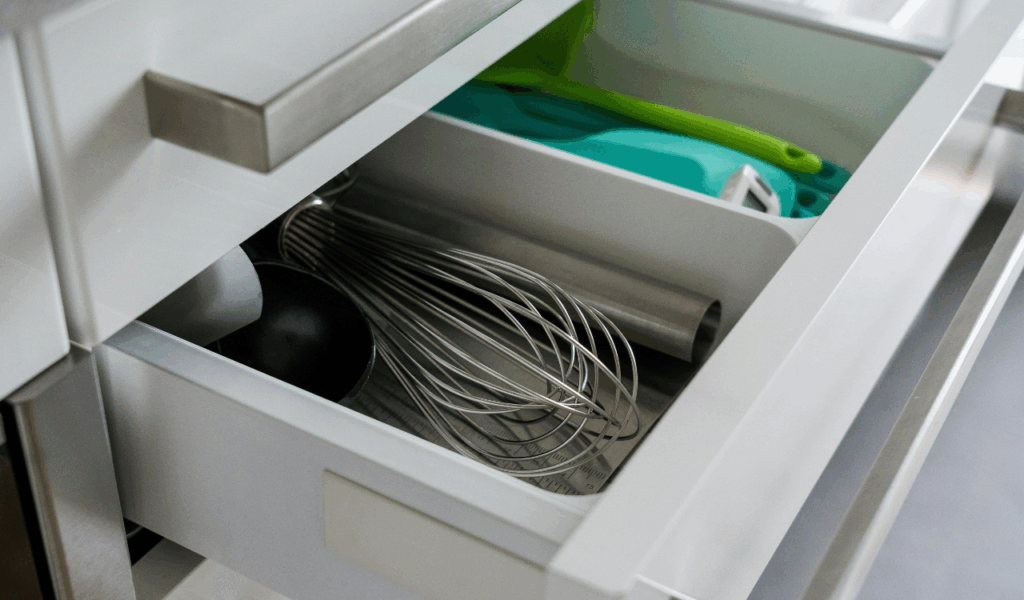
Drawers attract everything that doesn’t have a home. Pull everything out, sort into categories, and remove items that don’t belong. Use small boxes or folded cardboard as dividers to keep things from migrating back into chaos. When each drawer has a clear purpose, utensils, tools, spices, or wraps, finding what you need becomes automatic. Drawer organization is a small time investment that pays off every time you cook, unload dishes, or set the table.
5. Declutter and Organize Spices
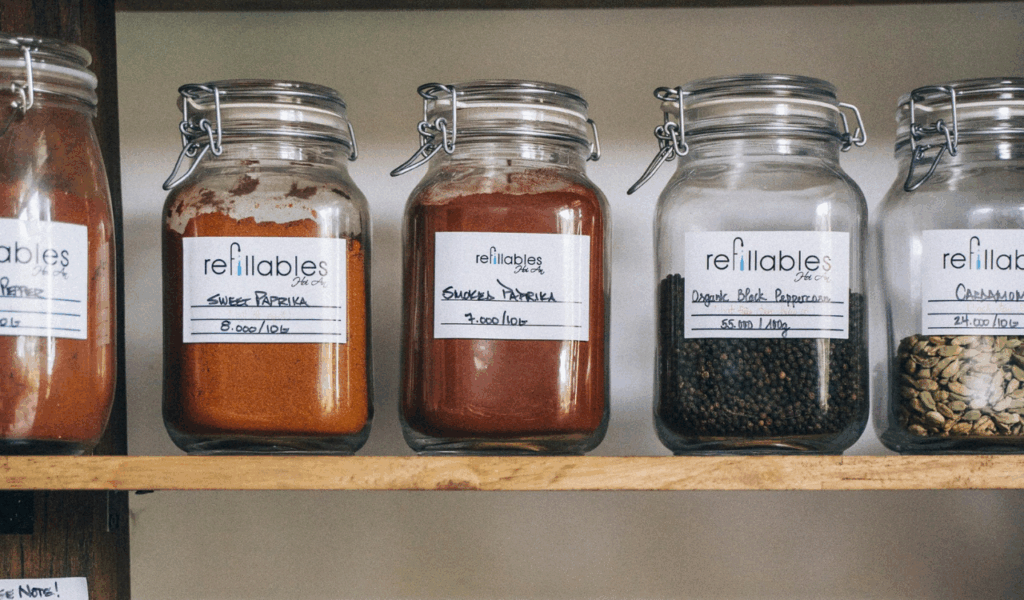
Spice cabinets become graveyards for half-empty jars and duplicates. Dump expired spices, consolidate duplicates, and arrange them so you can read labels at a glance. Consider grouping by cuisine or frequency of use. Store spices away from heat and light to preserve potency. A quick reorganization means you stop buying repeats and start using what you already own. Fresh spices make meals taste better, and a sensible spice layout speeds up weeknight cooking.
6. Give Every Item a Home
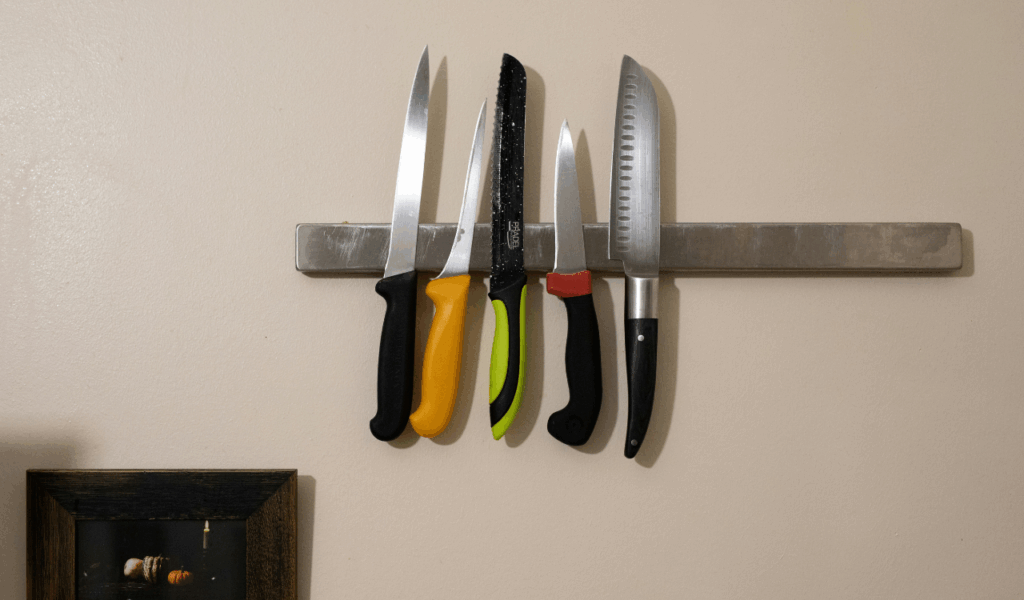
When every tool, pan, and container has a designated place, it’s far easier to put things away and keep surfaces clear. Walk through your kitchen and assign homes that make sense for how you cook: frequently used items in easy reach, seasonal or seldom used gear tucked higher or lower. Labeling shelves or drawers during the initial pass helps reinforce the habit. Once the habit is in place, reset takes seconds, and you avoid the slow accumulation of out-of-place items that turn counters into catchalls.
7. Keep Only a Few Storage Containers for Leftovers
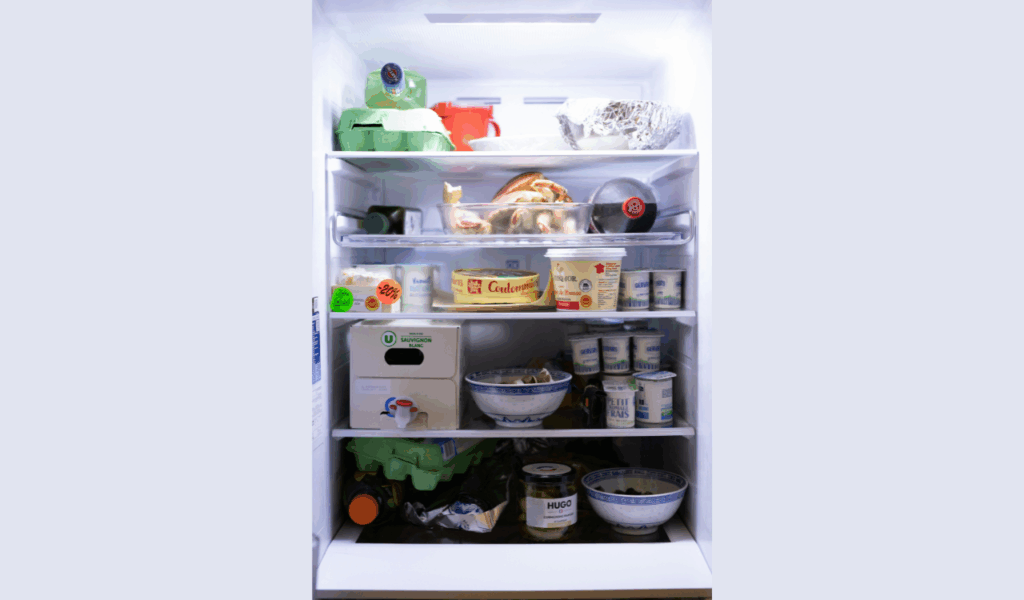
Storage containers multiply quickly and demand space. Keep a modest, functional set that nests together and fits your fridge shelves. Discard mismatched lids or warped tubs that no longer seal. Clear containers show contents at a glance, which cuts down on forgotten meals that go bad. A smaller, reliable container set makes packing lunches or storing leftovers predictable and compact, so your fridge stays organized and your meal planning becomes easier.
8. Empty the Counters to See What You Actually Need Out
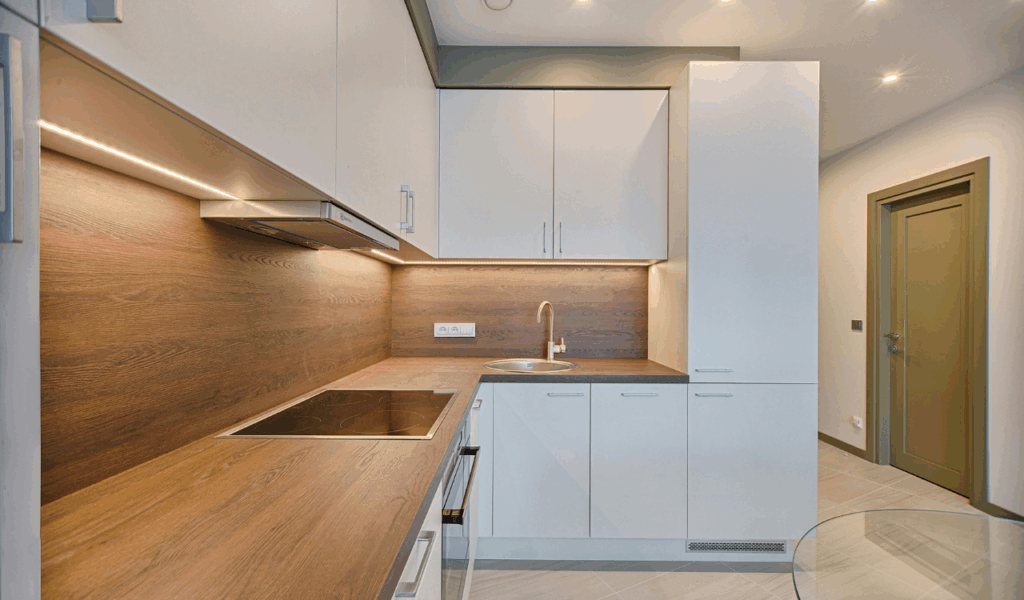
At least once, clear every item from the countertops and step back to assess. The exercise reveals what truly belongs on the counter and what should live elsewhere. Only return essentials: a coffee maker if you use it daily, a knife block if you reach for it every day. Everything else should be stored. This temporary, radical clearing is a quick diagnostic that clarifies what’s habit and what’s convenience, and it gives you the confidence to keep surfaces uncluttered for longer.
9. Sort Into Keep, Donate, and Discard Piles
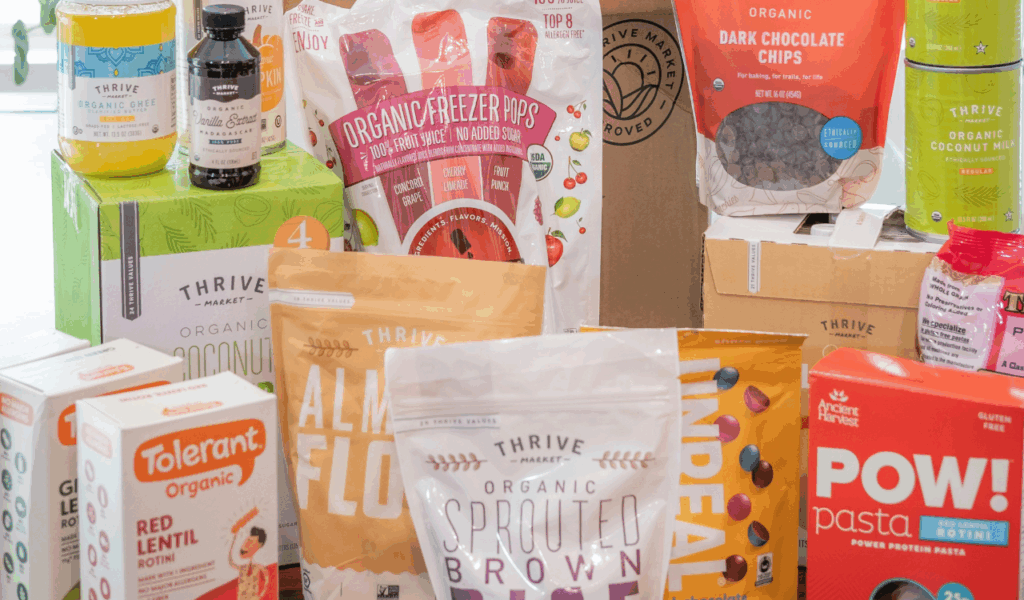
When decluttering, work fast with three clear piles: keep, donate, discard. Set a timer and make decisions as you touch items; indecision is the biggest blocker. Donate anything in good condition you won’t use, and discard broken or unsafe items. Once sorted, move donations out of your home promptly so they don’t creep back in. The physical act of separating reduces mental clutter and gives you a clear path forward for every piece you encounter.
9. Use the 12-12-12 or Similar Quick Challenge
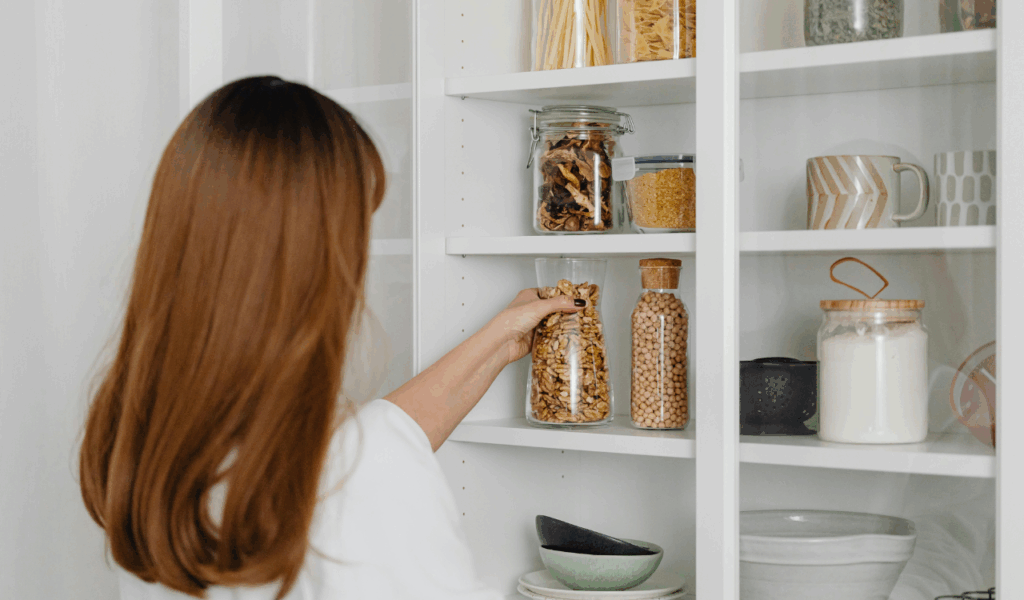
A short, structured challenge breaks overwhelm into bite-sized wins. The 12-12-12 method asks you to discard 12 items, donate 12, and return 12 to their homes. It’s focused, practical, and fast enough to do during a coffee break. Small challenges create momentum and make decluttering habitual instead of intimidating. Repeat weekly or monthly in different zones, and you’ll be surprised how much progress accumulates with minimal time investment.
10. Keep Only Frequently Used Countertop Supplies Out
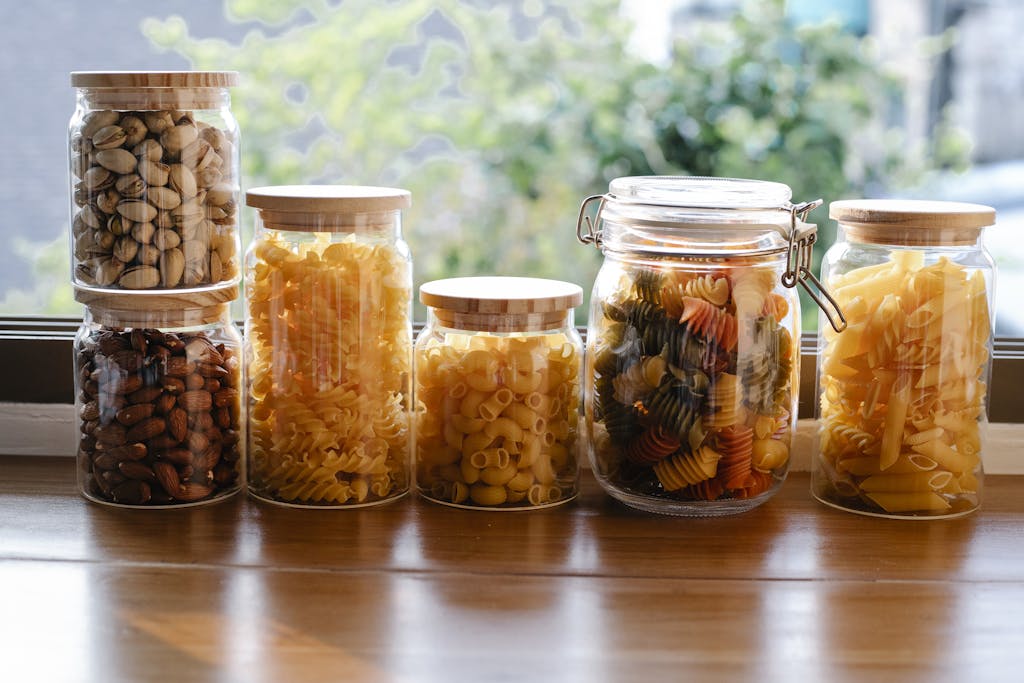
Designate a single spot for the few things you truly use every day: a coffee station, a cutting board, or a utensil jar. Limit these to two or three items so the countertop remains functional and tidy. Anything beyond that should be stored. Rotate items seasonally to keep the space fresh and aligned with actual needs. The discipline of limiting what sits out reduces surface clutter and helps maintain a kitchen that feels calm and ready for cooking.
11. Consolidate Duplicate Spices and Containers

Duplicates tend to hide until they become a collection problem. Pair lids with containers, combine duplicate spice jars into one labeled container, and toss or donate extras. Nest similar containers and discard mismatched pieces that take up more space than they’re worth. Consolidation makes storage denser and retrieval easier, so you stop wasting time hunting for the right lid or ingredient. It’s a small step with an immediate payoff in cleanliness and practicality.

